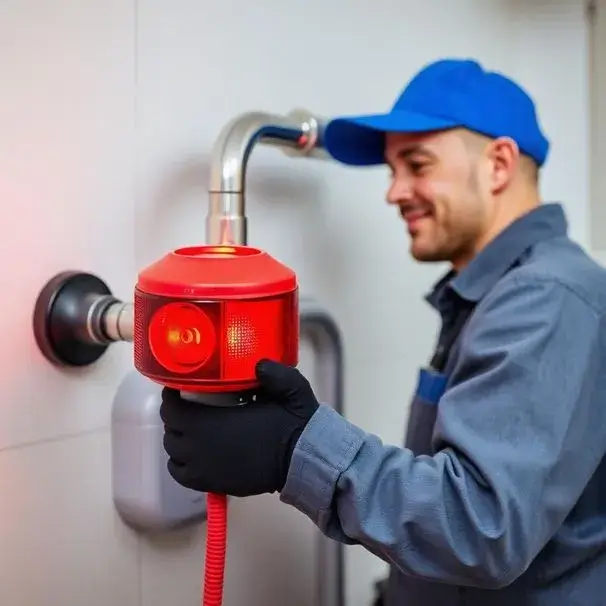Professional Plumbing Services
Expert Plumbing Solutions You Can Trust
24/7 Emergency Repairs • Reliable Service • Licensed & Insured
Our highly experienced plumbing technicians will quickly diagnose and solve your plumbing issues. We offer reliable repair, replacement, and installation services for a wide variety of plumbing systems and components.

Licensed & Insured
Fully certified professionals
24/7 Availability
Emergency service anytime
Experienced Team
Years of expertise
Quality Work
Satisfaction guaranteed
Our Plumbing Services
From emergency repairs to complete installations, we provide comprehensive plumbing services for your home or business.
Frequently Asked Questions
Find answers to common questions about our plumbing services
Local licensed plumbers connected through this site commonly offer repairs and installations including leak repair, drain cleaning, water heater service, pipe replacement, sewer line repair, toilet and faucet repair, and emergency plumbing assistance.
Many of the plumbers available through this service offer 24/7 emergency response for urgent issues like burst pipes, major leaks, and sewage backups; availability can vary by location and time of day.
Plumbers reached through the platform are expected to be licensed and carry insurance; you should ask the plumber to confirm license numbers, insurance coverage, and any warranties before work begins.
Shut off the main water valve if safe to do so, turn off electricity near the affected area to avoid shocks, collect water in buckets to minimize damage, and contact an emergency plumber immediately for repairs and water removal.
Signs of a slab leak include unexplained high water bills, hot spots on floors, damp or warm areas, and the sound of running water when fixtures are off; repair options depend on location and severity and may include pipe rerouting, spot repair, or slab tunneling—have a licensed plumber perform a leak detection survey to choose the best approach.
Many plumbers connected through the site offer upfront estimates after an inspection or flat-rate pricing for common services; always request a written estimate that details parts, labor, and any additional fees before work begins.
Prevent clogs by avoiding grease, coffee grounds, and fibrous food down sinks, using drain strainers, limiting hair and soap buildup in showers, scheduling regular professional drain cleanings for older systems, and having plumbing inspections if you notice slow drains or recurring backups.
Need Plumbing Services Right Now?
Our team is standing by 24/7 to help with your plumbing emergency
Call Now: +1-844-578-2593

